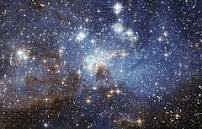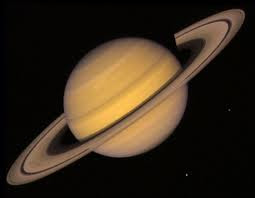- 340,400 kilometers from the earth
- 3476 kilometers in diameter
- Atmosphere-none
- One day lasts 29.5 earth days
- It can be as hot as 100 degrees celcius and as cold as -170 degrees celcius
- Its roughly as wide as Australia
Phegs Space Party
Wednesday, 30 November 2011
Moon
Constellations
- In all, 88 constellations have now been named. About half of them can be seen on a clear night. Some such as the Great Bear are very large. Others such as the Southern Cross or the Crux are very small.
- Many constellations, including the Zodiac ones, were named long, long ago after animals and ancient gods and heroes.
- Although from earth they seem to be in a group, individual stars in a constellation may be huge distances apart. Some are much father from earth than others.
Stars
- The oldest stars are 15 billion years old
- The largest stars are red supergiantswhich can be 1000 times bigger than our sun
- The hottest stars are called blue supergiants
- The temperature on there outside is five times hotter than our sun
- The smallest stars are neutron stars, at around 15 km across
Pluto
- 5.9 billion kilometers from sun
- 2200 kilometers in diameter
- 1 moon
- Atmosphere-not known
- One day lasts 6.4 earth days
Neptune
- 4.5 billion kilometers from the sun
- 50,000 kilometers in diameter
- 8 moons
- Atmosphere-methane and other gases
- One day lasts about 18 earth hours
Uranus
- 2.9 billion kilometers from the sun
- 51,000 kilometers in diameter
- 15 moons
- Atmosphere-hydrogen, helium and methane gases
- One day lasts about 17 earth hours
Saturn
- 1.4 billion kilometers from the sun
- 120,00 kilometers in diameter
- 18 moons
- Atmosphere-hydrogen and helium gases
- One day lasts about 10.8 earth hours
Subscribe to:
Comments (Atom)






